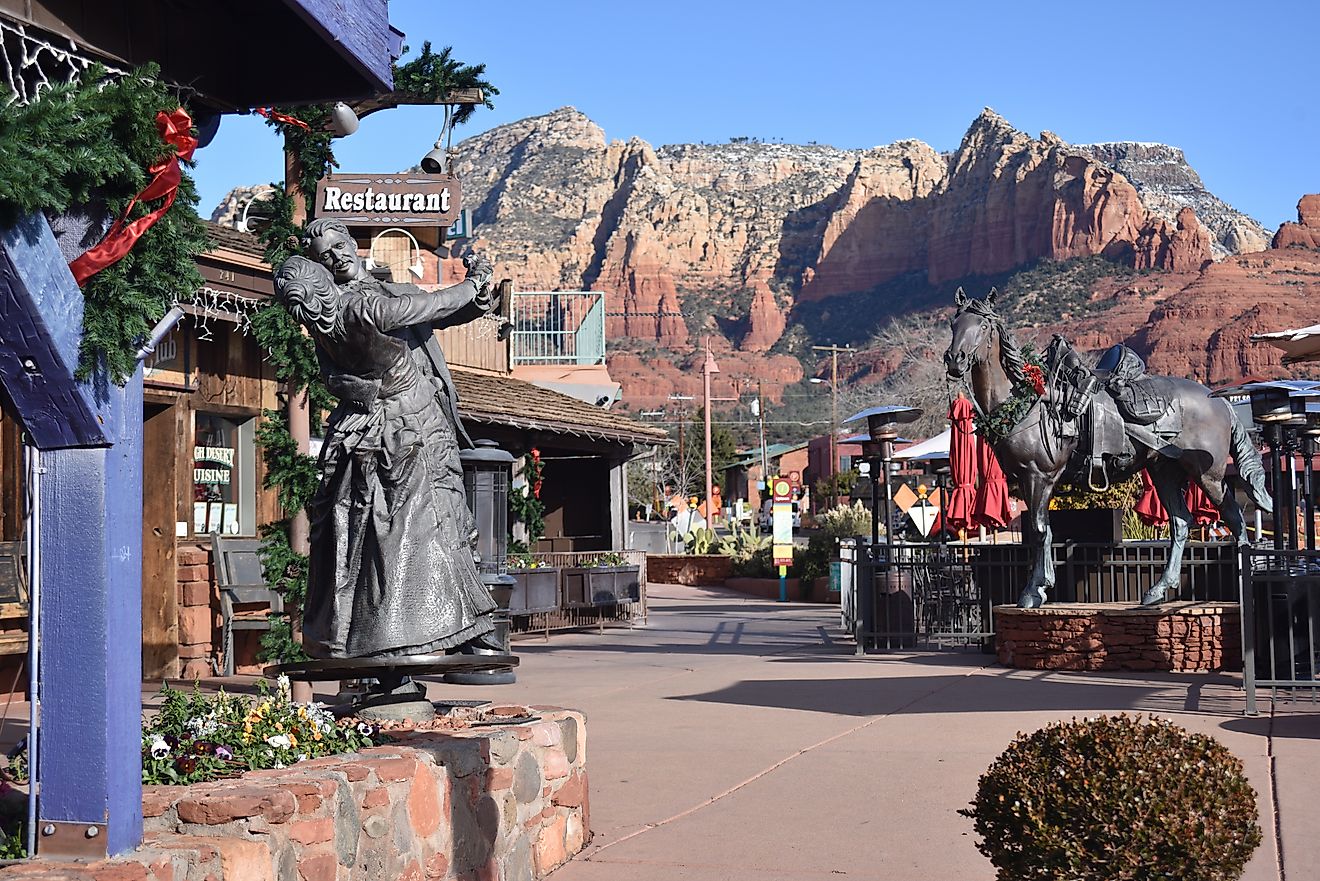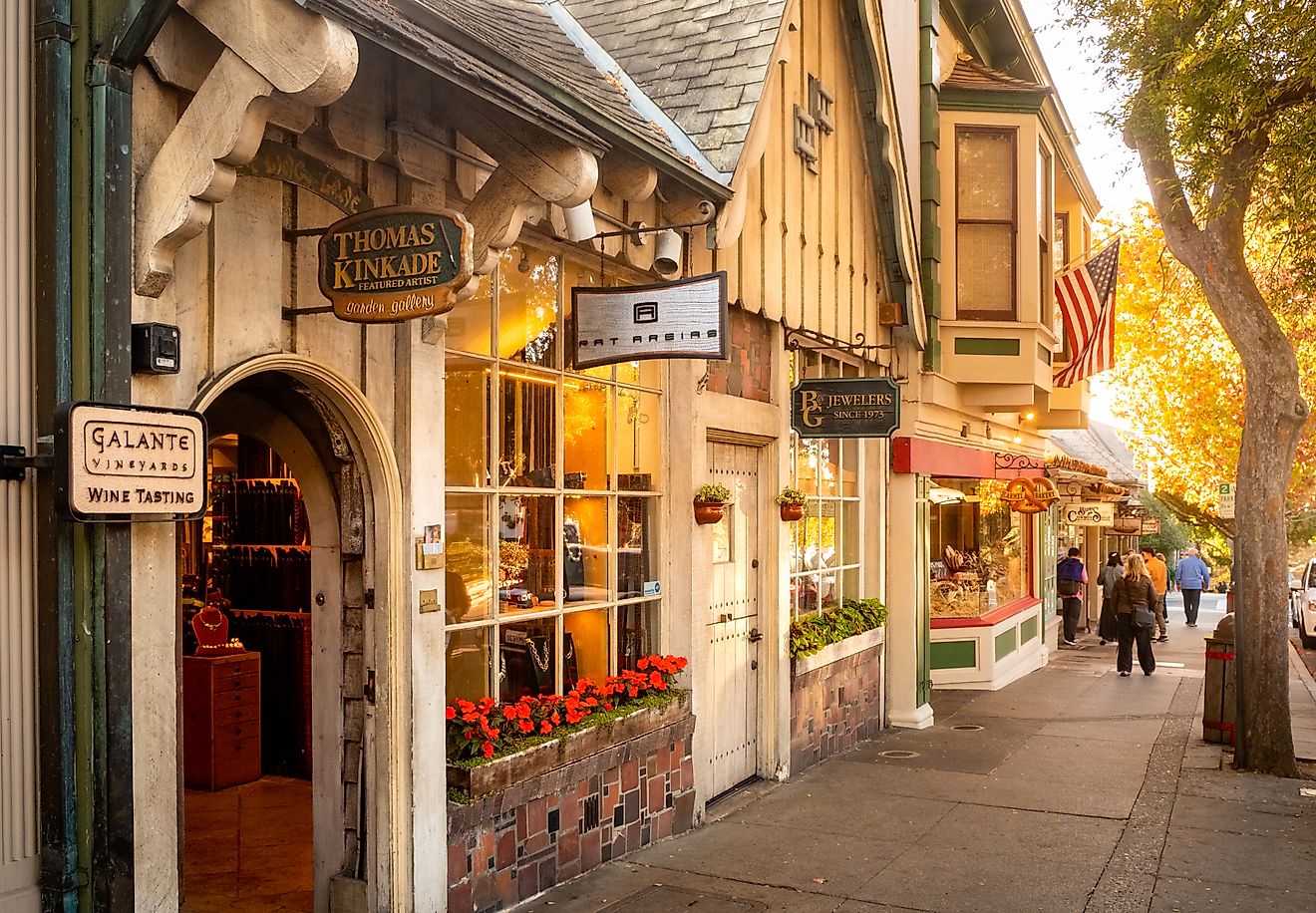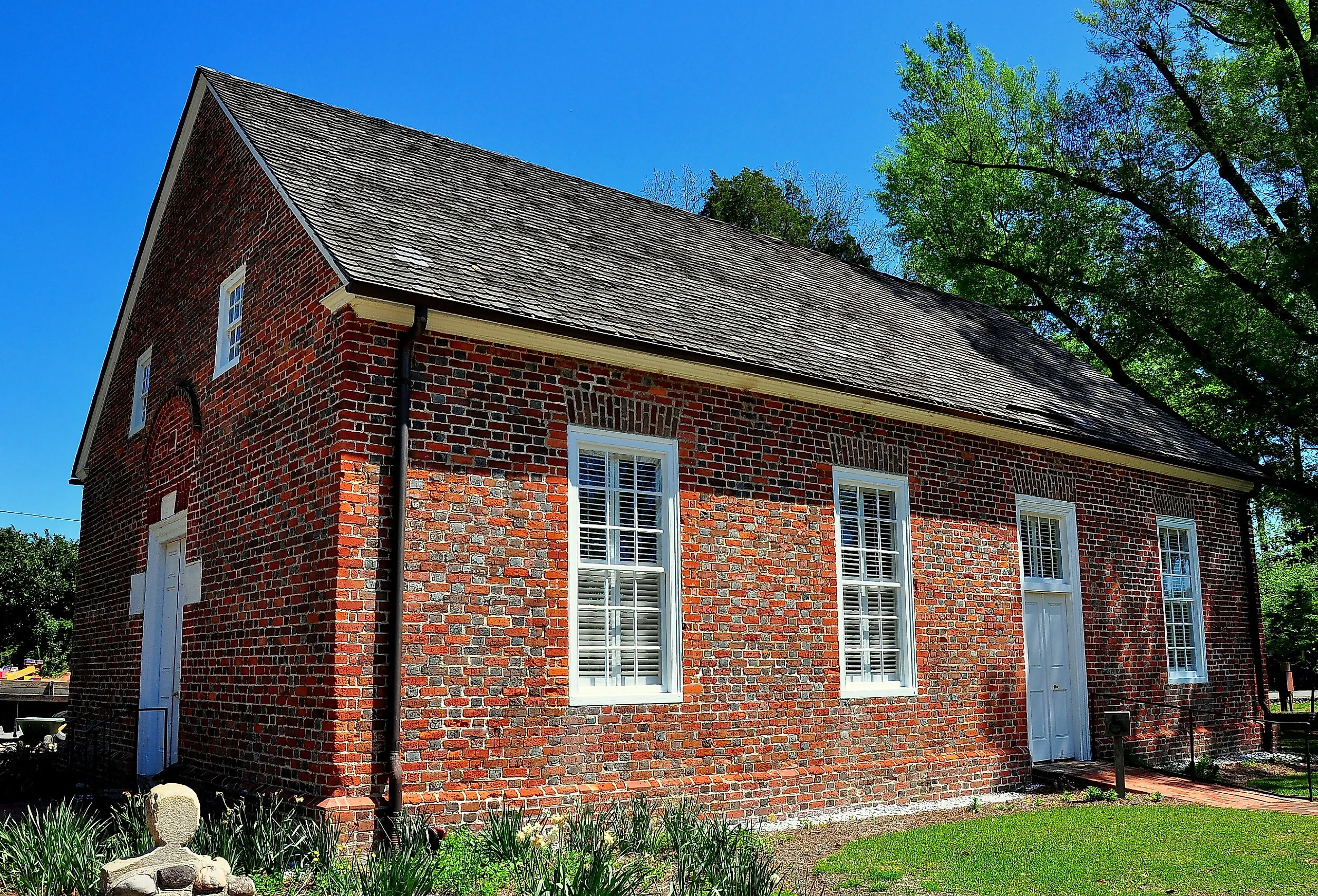
This North Carolina Town Is Older Than the State Itself
As the 12th state to join the Union in 1789, North Carolina has been part of the country’s history since the beginning. However, scattered throughout the state are towns that date back even further: places that existed long before North Carolina achieved statehood or the country itself was founded. The oldest of these is Bath, established in 1705. Although it remains a small town today, its history, filled with Native American conflicts, fear-mongering pirates, and early industrial development, is a fascinating one to explore.
Early Settlement

European settlement along the Pamlico River began as early as the 1690s, and the town of Bath was officially established in 1705, long before North Carolina gained statehood. The town’s location along the river and just 50 miles away from the Atlantic Ocean made it the perfect place to settle. Some of Bath’s earliest settlers were French Protestants who arrived from Virginia. Among the first recorded inhabitants were John Lawson, the colony’s surveyor general, and Christopher Gale, its first chief justice.
In 1701, St. Thomas Parish opened a public library, which was the first to be established in the colony. By 1708, the village had about 12 houses and 50 settlers, with an economy centered on furs, naval stores, and tobacco. A gristmill and shipyard also played key roles in the town’s early development.
A Period of Struggles and Disturbances
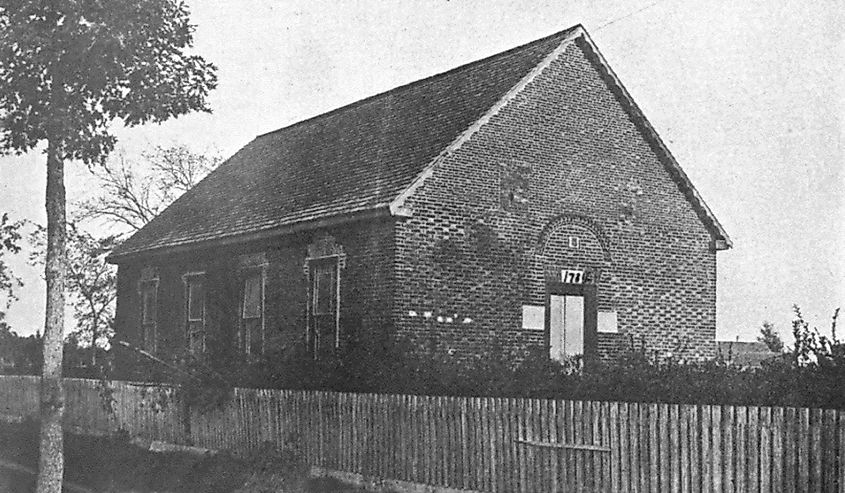
Despite the town’s early developmental success, conflicts quickly ensued in the following decades. By 1711, religious and political tensions in the village had escalated into Cary’s Rebellion, an armed conflict led by Thomas Cary that jeopardized the town’s stability and early efforts at governance. That same year, the town faced a yellow fever epidemic and a severe drought. The Tuscarora War subsequently followed, lasting from 1711 until around 1713, leading to a bloody colonial war between the Tuscarora Indigenous people and the colonists and their allies, the Yamasee, causing many colonial settlements to burn down. The arrival of Blackbeard in Bath in 1718 caused further conflict in the years to come.
Blackbeard in Bath
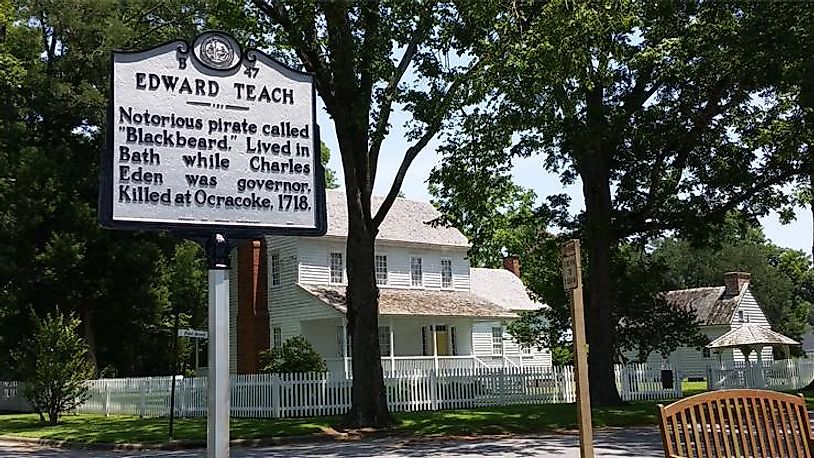
In 1718, Blackbeard reached his peak reign of fear in the Carolinas, commanding more than 300 pirates and blockading the port of Charleston. For several weeks, Charleston remained under his control, demanding money, food, and other goods. That same year, the infamous pirate unexpectedly surrendered to Charles Eden, the governor of North Carolina, agreeing to abandon his life of piracy and settle down. At first, Blackbeard kept his word, settling in Bath and marrying a local woman.
However, this reform was short-lived. The pirate began taking to the inlets of the state’s Outer Banks, stealing goods from ships. Although his raids spread fear throughout the nearby colonies, many North Carolinians welcomed the chance to buy his stolen goods at discounted prices. By November of that year, however, Virginia’s governor had had enough and sent a fleet to capture him. After a long and bloody battle, Lieutenant Robert Maynard succeeded in beheading Blackbeard and either killed or captured the remaining crew.
Bath’s Transition to a Peaceful Era
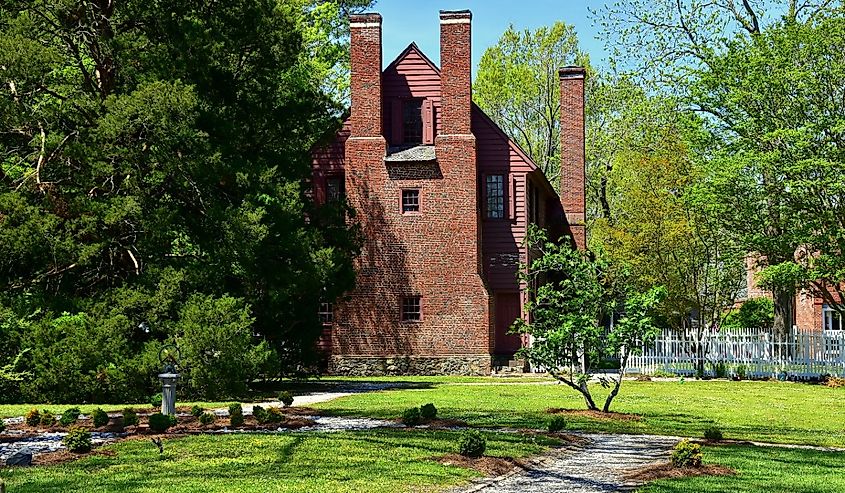
Following these lengthy conflicts, Bath finally entered into an era of peace. By 1723, the town had built the Beaufort County courthouse, with the state’s oldest standing church, St. Thomas Church, following in 1734. The town became more connected to other nearby villages, largely thanks to the establishment of a ferry service across the Pamlico River. In 1746, the town became a candidate for the colony’s capital. However, by 1776, the town of Washington was established about 15 miles up the river, with the county government moving there nine years later. This move resulted in Bath losing most of its political and economic importance.
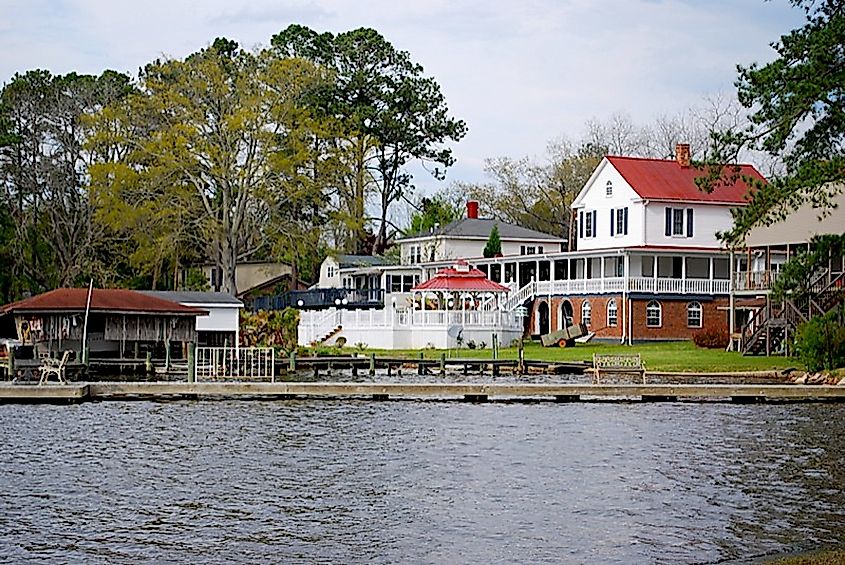
In the early 19th century, Jacob Van Der Veer and the Marsh and Bonner families boosted the town’s economy with industries such as a rope manufacturing plant, a steam sawmill, and a turpentine distillery. By the end of the century, land transportation had also significantly improved. Despite these developments, the village has remained small, with a population of just under 250 residents today. Thanks to preservation efforts, many of Bath’s historic buildings, such as St. Thomas Church, the 1790s Van Der Veer House, and the 1830s Bonner House, still stand, and the town is now recognized as a National Register historic district.
Over the centuries, Bath has faced its share of unexpected challenges. Although it ultimately prevailed and entered a period of peace, its growth gradually slowed as nearby towns and cities emerged as larger economic and political centers. Even so, Bath remains a significant part of history, preserving numerous landmarks that date back as far as the 18th century and serving as a lasting reminder of the country’s early colonial days.









